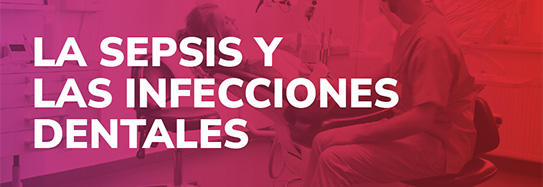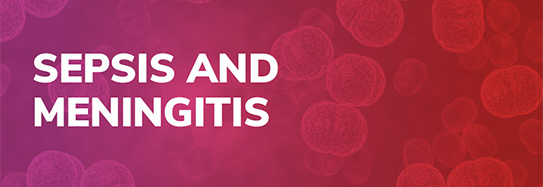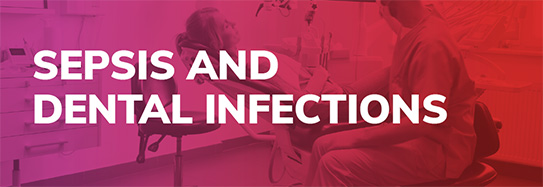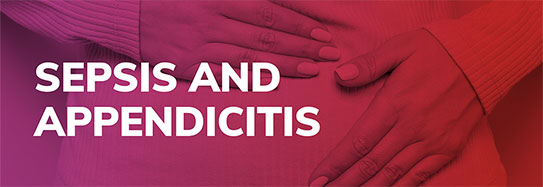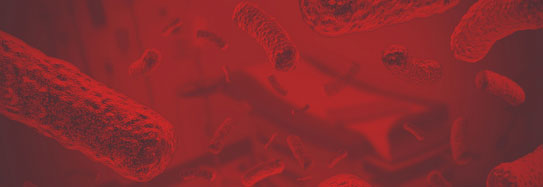Bacteria must enter your body for them to cause an infection. So you can get a bacterial infection through an opening in your skin, such as a cut, a bug bite, or a surgical wound. Bacteria can also enter your body through your airway and cause infections like bacterial pneumonia. Other types of bacterial infections include urinary tract infections (including bladder and kidney infections) and dental abscesses, as well as infections caused by MRSA, Group B Streptococcus, and C. Difficile. Infections can also occur in open wounds, such as pressure ulcers (bed sores). Pressure ulcers are caused by constant pressure on the skin for extended periods or rubbing. For example, a senior who is bedridden could develop sores on the coccyx (tailbone) area, elbows, heels, or anywhere else where there is constant contact with a bed or adapted “easy chair.”
The name of one type of infection, septic arthritis, may be confusing to some people because it is not sepsis, despite its name. Septic arthritis is an infection in the joint fluid. However, this type of infection can also lead to sepsis. It can be caused by bacteria, as well as other microbes.
Sometimes bacterial infections are “secondary infections.” For example, if you contract COVID-19 – a virus – your body is in a weakened state and could also develop bacterial pneumonia. You would then be fighting both a viral infection and a bacterial one.



